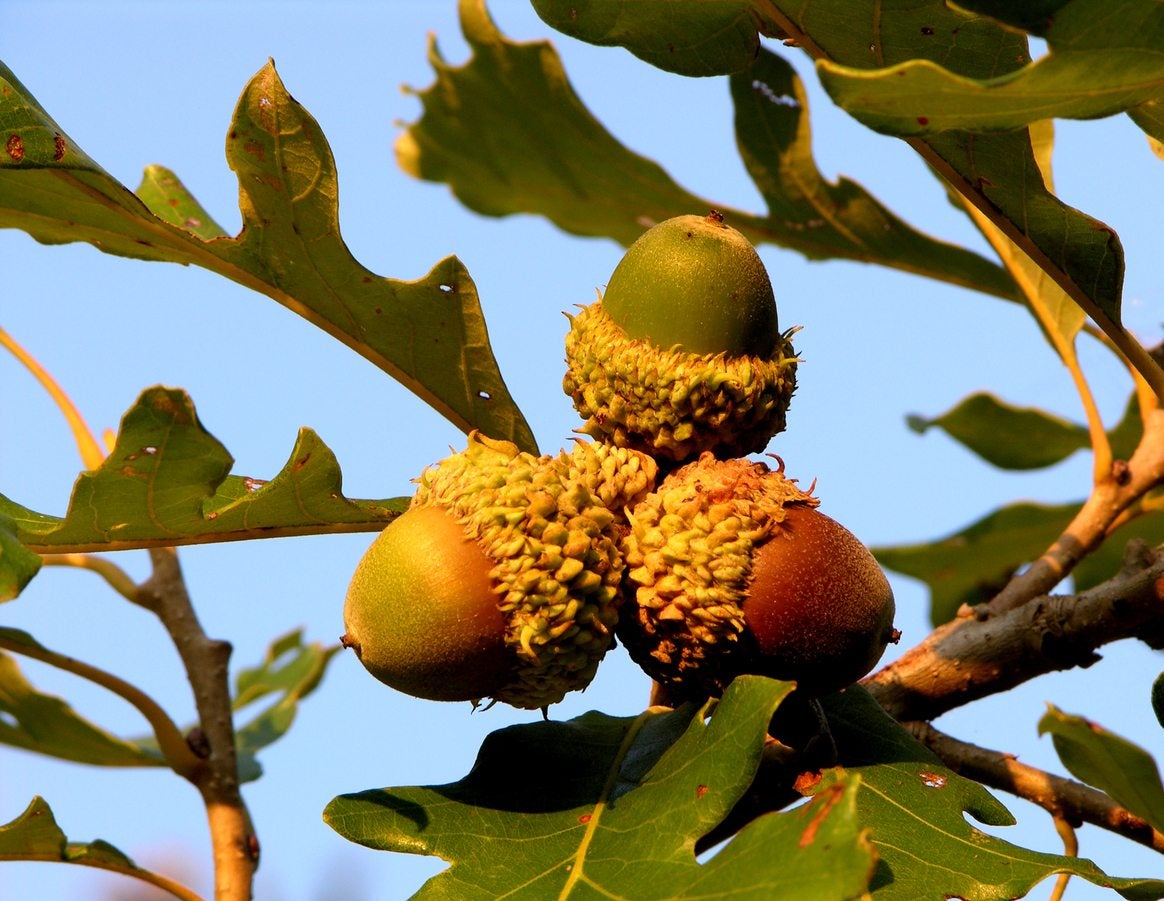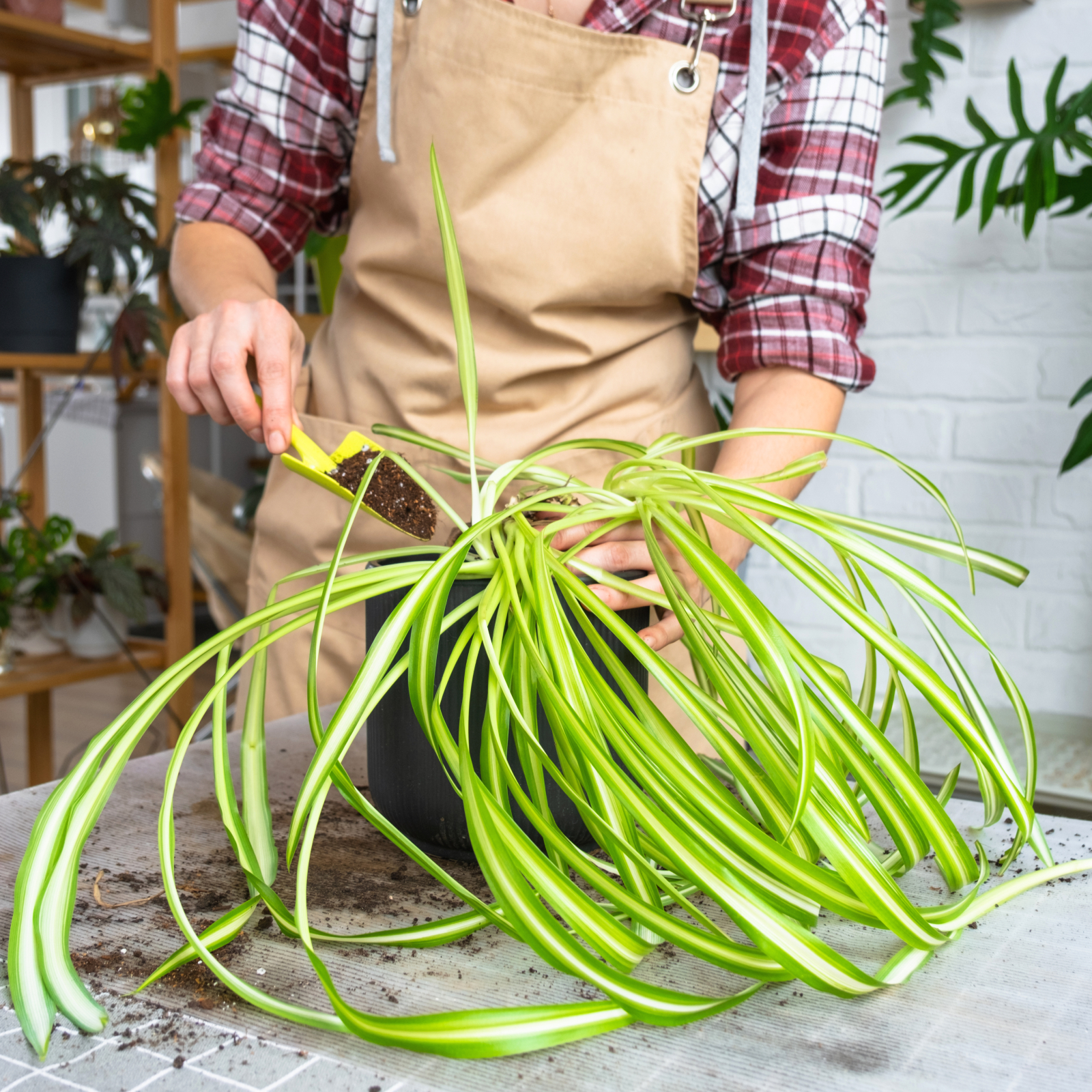What Is A Bur Oak Tree: Learn About Bur Oak Care In Landscapes


Mighty and majestic, the bur oak (Quercus macrocarpa) is a survivor. Its massive trunk and rough bark help it exist in a very broad natural range in a variety of habitats – from wet bottomlands to dry uplands. What is a bur oak? Read on for bur oak information and tips on bur oak care.
What is a Bur Oak?
Bur oaks, also called mossycup oak, are decidedly impressive oak trees native to North America. They grow in the wild in central and eastern sections of the continent. The common names come from a mossy scale, or bur, on the acorn cup rim.
Bur Oak Information
Bur oak trees are medium to large sized trees. They are deciduous members of the white oak group and grow to heights between 60 and 150 feet tall (18-46 m.). If you are thinking of planting a bur oak, you’ll want to take height into account when selecting a site. Keep in mind that the trees also have broad, rounded crowns. Bur oak trees produce yellow catkin flowers in springtime, but they are not particularly showy. The acorns are oval with fringed cups, and offer a good food source for wildlife, including both birds and mammals. Don’t expect brilliant fall color in bur oak tree leaves. The green leaves turn a dull yellow-brown before they fall.
Planting a Bur Oak
Planting a bur oak is only a good idea for homeowners with very large backyards, given the size of the trees. The massive oak grows best in U.S Department of Agriculture zones 3 through 8. Be sure you site the tree with enough room to grow and in a permanent location. Bur oak information says that these native trees can live up to 300 years. If you do decide to start planting a bur oak, site the tree in full direct sun. Be sure the tree gets at least six hours of unfiltered sunlight every day. For best bur oak care, plant the tree in soil that is well drained and loamy. It will grow in either acidic or alkaline soil, and tolerates sandy, wet, and clay soils. Speaking of bur oak care, don’t forget to water the tree regularly, especially during its first year in your garden. Bur oak trees have some drought tolerance, but they will grow faster and healthier with moderate moisture. Note that bur oak trees tolerate city smoke and other air pollutants as well as compacted soil. They are often used as shade trees on U.S. city streets.
Gardening tips, videos, info and more delivered right to your inbox!
Sign up for the Gardening Know How newsletter today and receive a free copy of our e-book "How to Grow Delicious Tomatoes".

Teo Spengler is a master gardener and a docent at the San Francisco Botanical Garden, where she hosts public tours. She has studied horticulture and written about nature, trees, plants, and gardening for more than two decades. Her extended family includes some 30 houseplants and hundreds of outdoor plants, including 250 trees, which are her main passion. Spengler currently splits her life between San Francisco and the French Basque Country, though she was raised in Alaska, giving her experience of gardening in a range of climates.
-
 4 Superfast Composting Methods: Turn Waste Into Garden Gold In 30 Days Or Less
4 Superfast Composting Methods: Turn Waste Into Garden Gold In 30 Days Or LessTry the fastest composting methods to turbocharge your pile and transform kitchen scraps and garden waste into finished compost in just a few weeks.
By Mary Ellen Ellis
-
 Best Spider Plant Soil – Complete Soil Guide And Expert Tips For Keeping Plants Happy
Best Spider Plant Soil – Complete Soil Guide And Expert Tips For Keeping Plants HappySpider plants are fun and easy plants to grow, but what is the best soil for a spider plant? Selecting the right soil is important so they can thrive.
By Bonnie L. Grant